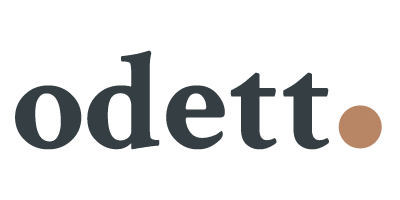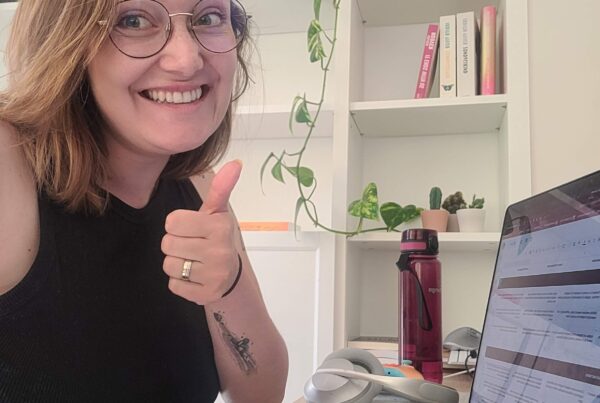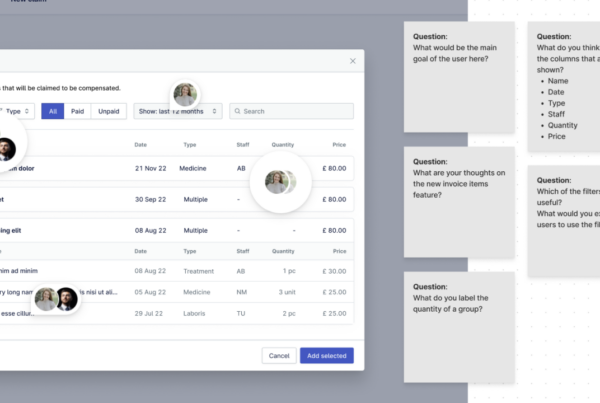Recently the state of User Research 2022 came out. One of the topics that piqued my interest was the findings on inclusive UX research. Only 50% of researchers make a tangible effort to recruit diverse participants for their studies. Diversity does not only come from gender orientation, age, or years of experience in a field, but also from culture.
Much like the State of User Research (2022) states is that without inclusivity in your research, your results will be invalid. Without the perspective of the diverse set of users that interact with your product, without their diverse experience, your data becomes useless. Unless of course you are testing only on that one specific target audience that will receive a new feature and you need to learn whether or not that works for that one specific user. But hey, when does that really happen?
The report created a list of resources for anyone willing to learn more about inclusive research and design. In this article, I will dive into a few of those resources to help you figure out which one could be interesting for you,
Resource 1: The ethical design guide
As stated many times before, everyone is biased. And so are we as designers and researchers. What is also often the case is that many products are neither accessible nor inclusive. This is where the ethical design guide comes in handy. They share a collection of resources on how to create ethical products that do not harm the user. A must-read for the future of UX research and design.
Resource 2: The A11Y Project
The A11Y project focuses fully on accessibility. Accessibility is becoming increasingly popular in the field of both research and design. When the game: the last of us 2 came out it was specifically tested for accessibility with blind gamers and with raving results. The A11Y Project is a community-driven resource platform with books, courses, and tools on accessible design and research.
Resource 3: Culture-based design research and the decolonizing future
Culture is coming more and more to the forefront as part of research and design. This article, written by Weidan Li, Ph.D, shows a great introduction and perspective of the cultural influences of design and research. My article on cultural influences looks at methods to use for research purposes whereas Weidan’s article focuses on the why. A great read!
Resource 4: How to begin designing for diversity
This article offers a framework to think about diversity and what that means for your design. It poses steps to take when wanting to implement diversity in your design process and gives tips on tools to use (such as moodboards, brainstorming sessions etc.) And it also gives an honest view as to why designing for diversity is difficult, but not impossible.
Resource 5: Stark
Stark is a super useful set of accessibility tools for Figma, Sketch, Adobe XD and Google Chrome. It helps with ratio’s, color, and font choices to improve the accessibility of your design and through vision simulations, you can look at your design through someone else’s eyes. For example when you want to create an accessible design for people with color blindness.

Resource 6: Fable
Now Fable is interesting for research purposes. It is a usability testing and recruiting tool focused on connecting researchers to participants with disabilities. And for companies Fable Upskill can be interesting as it also offers training for researchers, developers, and designers on accessibility.
Resource 7: Accessible UXR: Recruiting and Researching Participants with Disabilities
This is an interesting podcast episode about accessibility research and why researching people with disabilities is actually a no-brainer when it comes to inclusive UX research. The episode gives good insights on where to start, the recruitment of users with disabilities and why accessibility is needed for inclusive design.
Resource 8: Rising to the moment: UXR, Diversity, and inclusion
Another interesting and very on-point podcast that dives into making research more inclusive, and the inequalities of our systems such as systemic racism and inequality. The podcast looks into our role as researchers and how we can change the way these topics are looked into.
Conclusion
More and more UX Researchers look into inclusivity, cultural differences, bias, and inequality. No longer are user groups the same person, but do we show that good research involves a variety of people from different backgrounds and experiences as they are all users of our products. There are a lot of good resources out there to help you in your UX research practices to make research more inclusive, but these sources are a great start.




